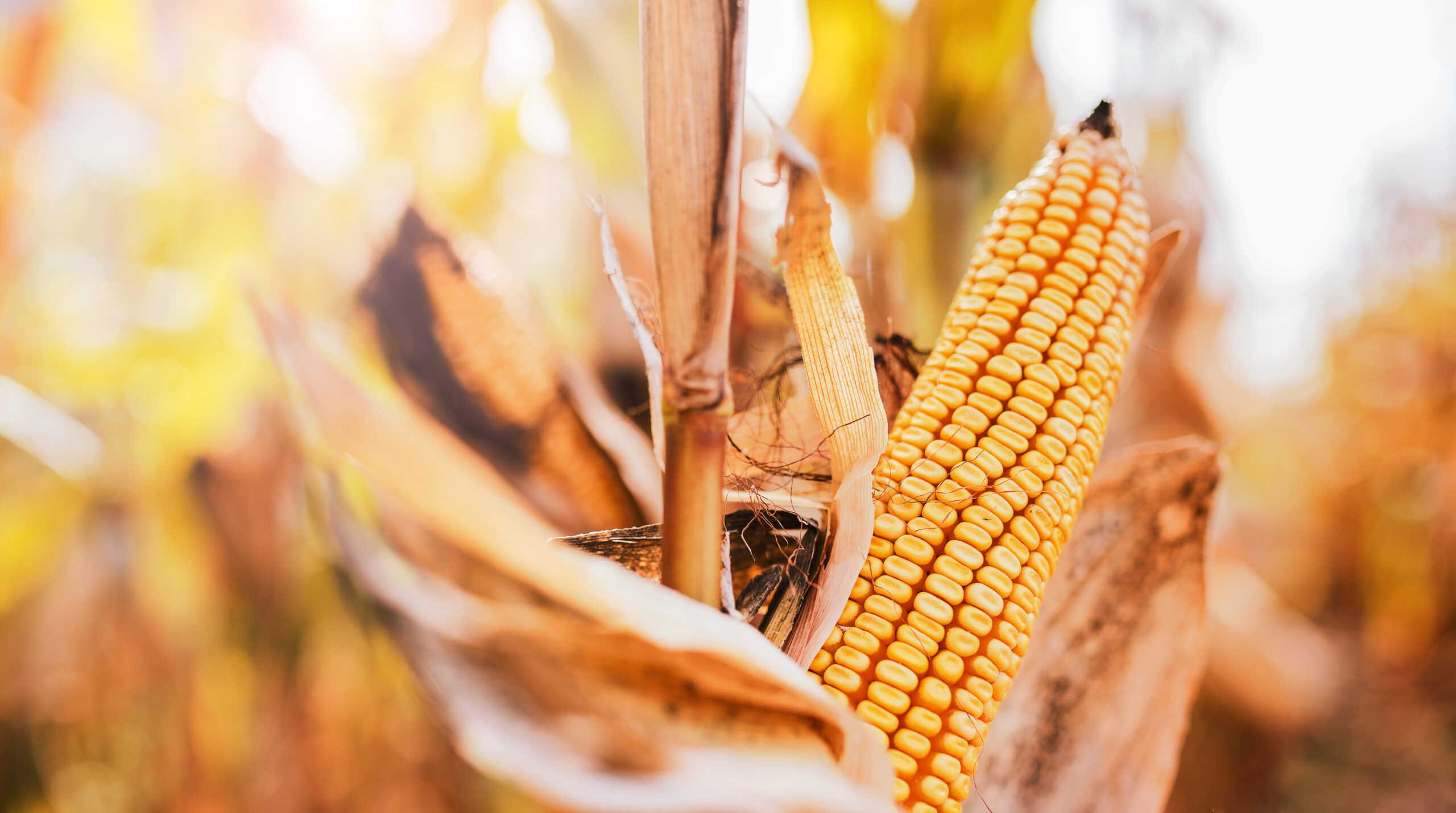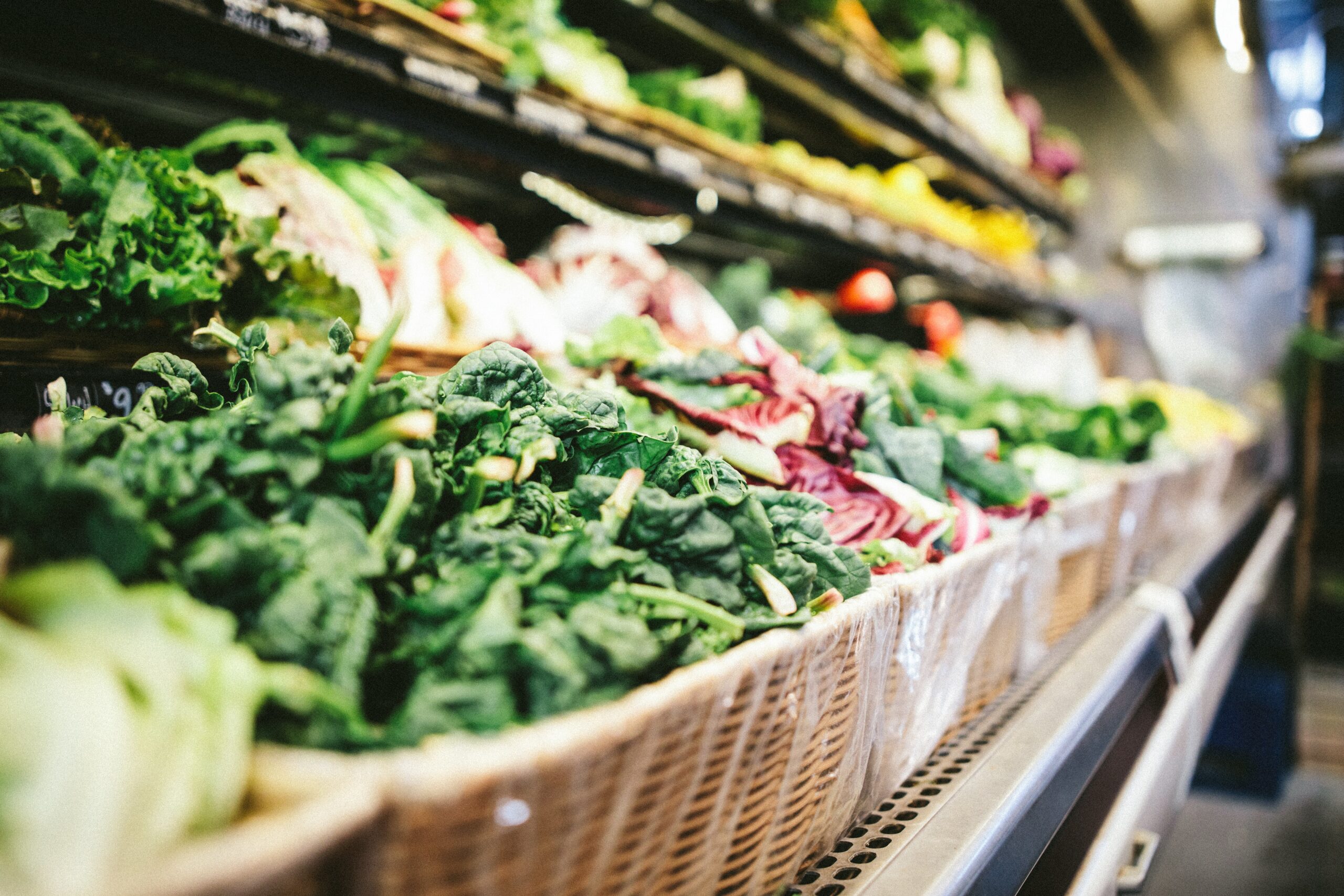GMO Facts & Impacts

Since their introduction three decades ago, GMOs are now in an estimated 70% of packaged goods in grocery stores. How are these novel organisms reshaping environmental, social and economic realities, and what are their potential impacts?
Biotechnology, which constitutes the techniques used to create GMOs, is evolving quickly. As the complexity of novel genetically modified organisms expands, the considerations and potential impacts increase exponentially. Careful consideration of the long-term consequences is crucial to planetary health and social and economic wellbeing.
Since GMO crops entered the food system in the 1990s, genetic engineering has moved beyond the handful of commodity crops engineered with foreign DNA to tolerate chemical herbicide or produce an insecticide. Biotechnology is now being used to alter a vast range of plants, animals and microorganisms in increasingly complex ways. Government regulators are working to ease the path to market for GMOs made from new genomic techniques.
Below, we explore some of the most concerning facts and potential impacts of GMOs, including the long-term impacts of GMOs on human health. However, this content should not be considered inclusive of all GMOs since it is not possible to consider every scenario. The field has grown too broad, too quickly.
The industry's rapid development makes the information provided here more important than ever.
Since GMO crops entered the food system in the 1990s, genetic engineering has moved beyond the handful of commodity crops engineered with foreign DNA to tolerate chemical herbicide or produce an insecticide. Biotechnology is now being used to alter a vast range of plants, animals and microorganisms in increasingly complex ways. Government regulators are working to ease the path to market for GMOs made from new genomic techniques.
Below, we explore some of the most concerning facts and potential impacts of GMOs, including the long-term impacts of GMOs on human health. However, this content should not be considered inclusive of all GMOs since it is not possible to consider every scenario. The field has grown too broad, too quickly.
The industry's rapid development makes the information provided here more important than ever.







